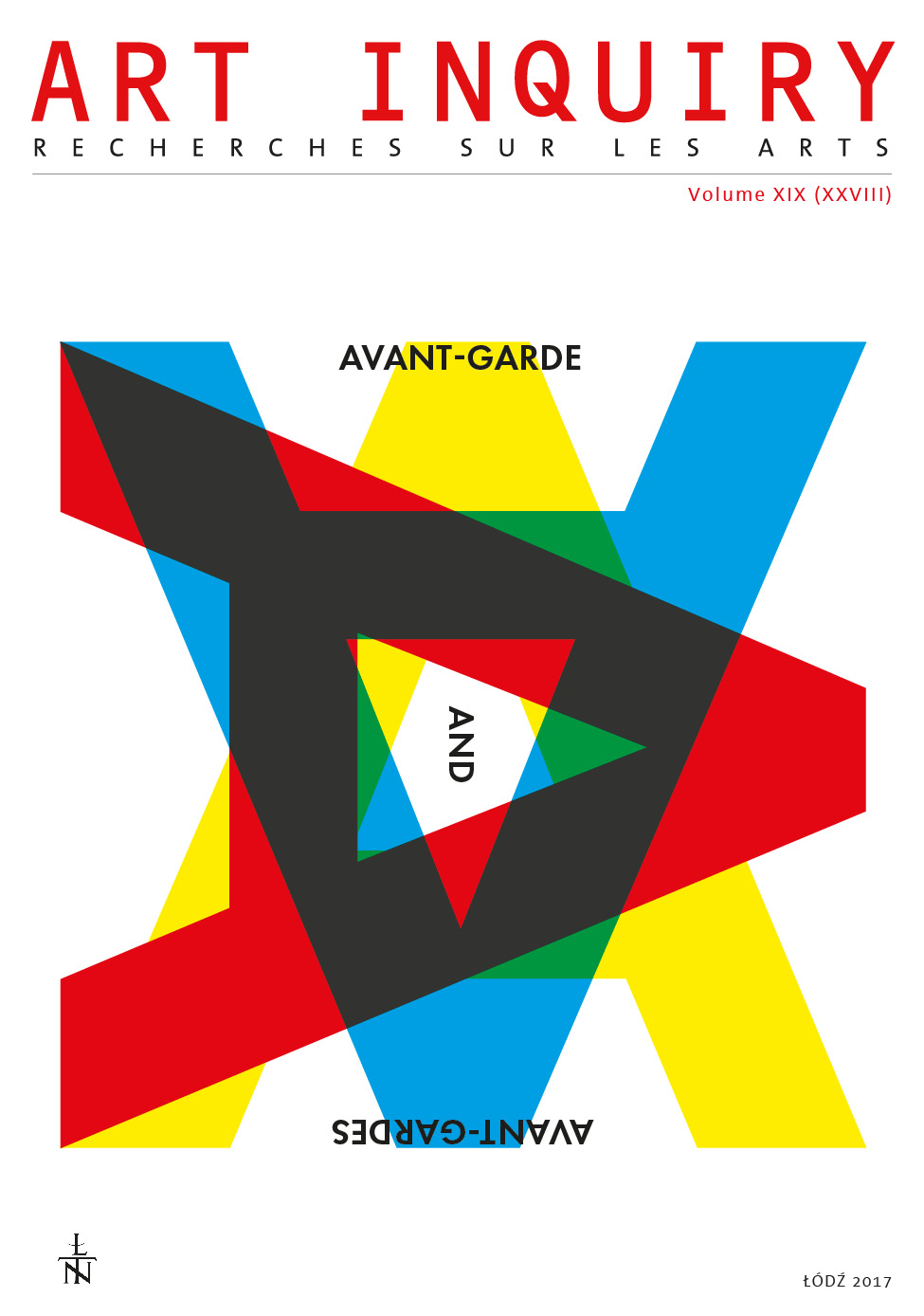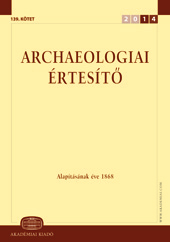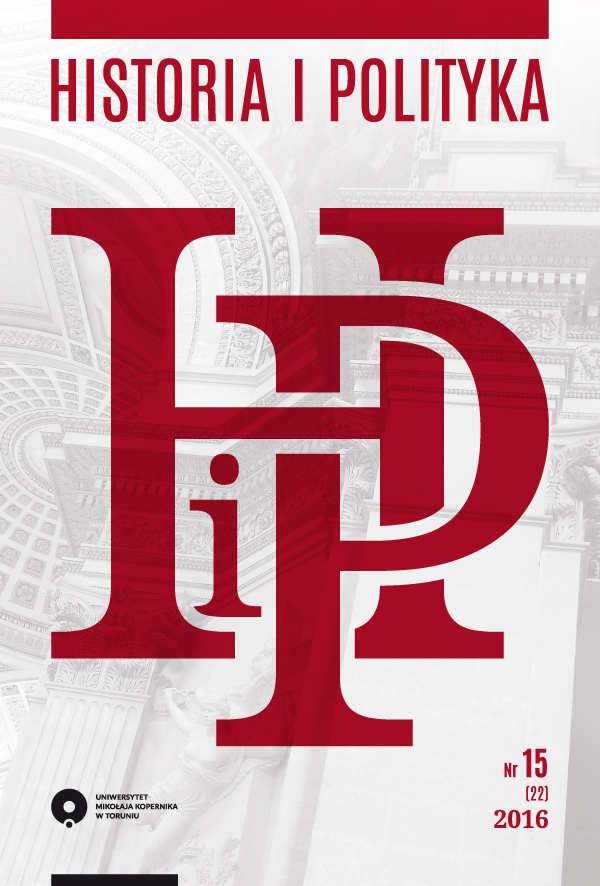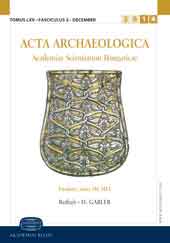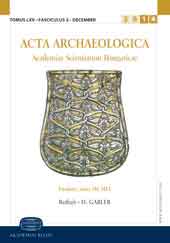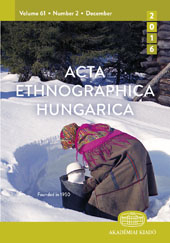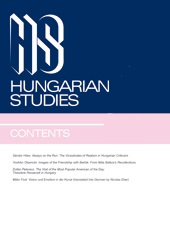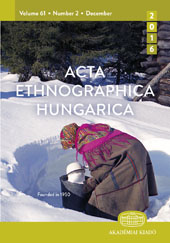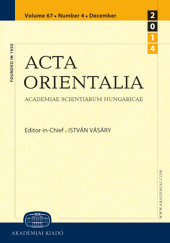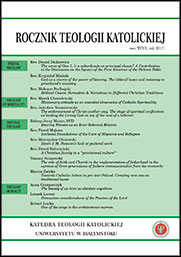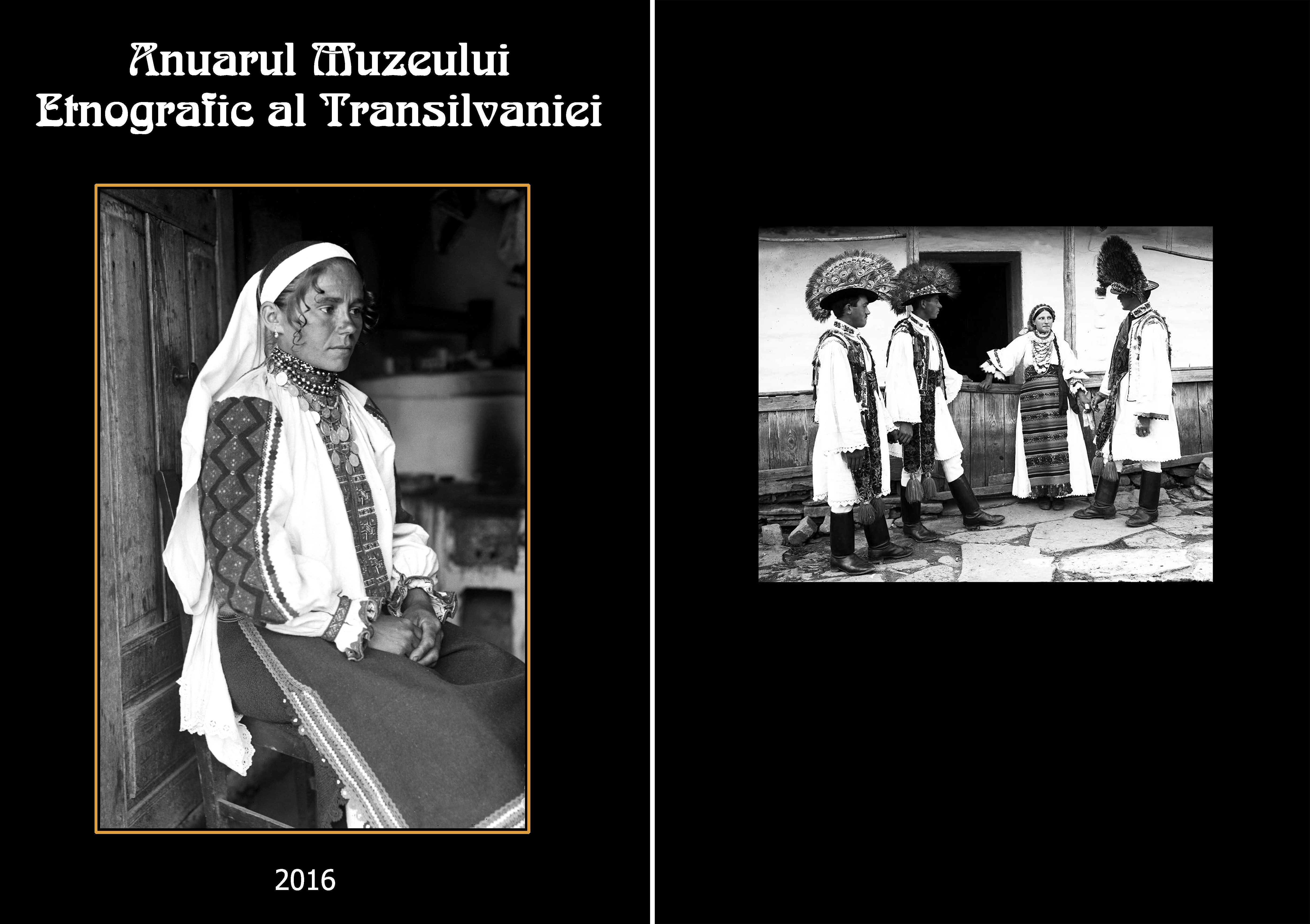
RESTAURAREA A DOUĂZECI DE CASETE PICTATE ALE TAVANULUI BISERICII REFORMATE DIN VECHEA
The present paper describes the state of conservation of 20 wooden painted panels belonging to an 18th century painted coffered ceiling broght to life by Lőrinc Umling the Elder (1751). The Transylvanian Museum of Ethnography has in its heritage 47 such painted panels which comprise the ceiling of the former Reformed Church from the village of Vechea, Cluj County. Most painted ceilings with identified authors belong to the three generations of painter-carpenters from the Umling family, whose members have worked for more than a half a century (1742-1794) in Hungarian Reformed Churches throughout the territory of the nowadays counties of Cluj, Sălaj and Bistrița-Năsăud. The specific techniques and materials used for the completion of the 20 wooden panels, together with the degradations forms of the wooden supportand those of the painted layers they carry are revealed above in the article, leading to the selection by the museum specialists of the proper restoration steps to be taken on. The complexity and the high volume of the needed operations (adding the time pressure urged by the deadline of this restoration work), imposed as necessary the team work of several museum professionals.
More...
